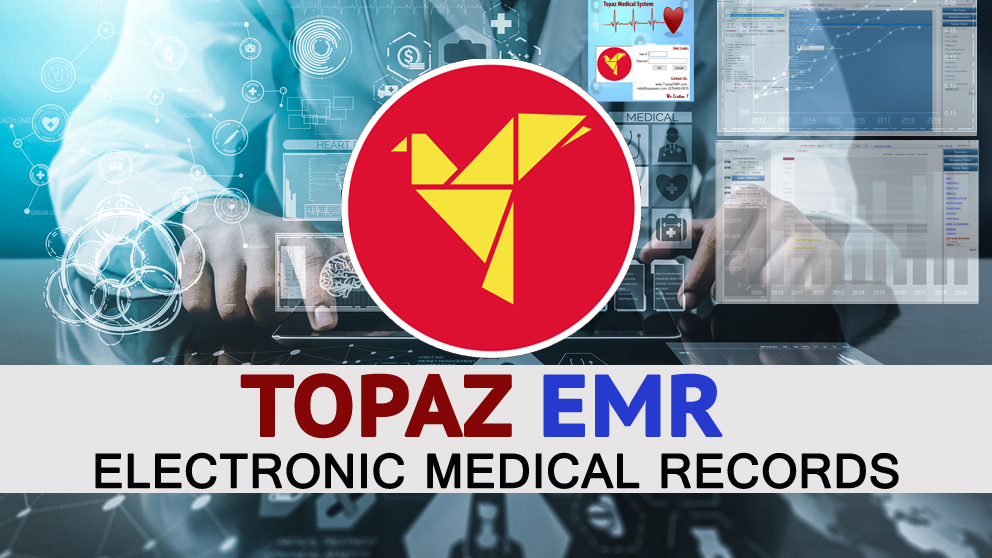By Johanna Christine Galan, Sharmila Bellur and Mariia Melnyk
When we talk about Mission 300, the numbers tell the story: 32 million people connected so far and projects in motion to reach another 157 million.
That’s not just a statistic—it means students can study after dark, clinics can run equipment, and businesses can grow. It’s 32 million new opportunities.
It’s a strong start towards reaching Mission 300’s ultimate goal: connecting 300 million people to electricity by 2030. We made this commitment with the African Development Bank (AfDB) and agreed that the World Bank Group would connect 250 million people while the AfDB would connect another 50 million.
At first, the scale of the challenge was daunting, but now we can confidently say: momentum is on our side, and we’re on track.
Mission 300 is building an energy future that is both equitable and resilient—connecting rural and underserved populations to electricity through distributed renewable energy solutions and modernising national grids to support innovation, enterprise, and large-scale job creation. In this way, Mission 300 ensures no community is left behind while strengthening modern, reliable systems to power growth.
Tracking our progress
To make this journey transparent, we’re launching the Mission 300 Progress Portal that allows anyone—governments, partners, civil society, or just curious citizens—to track:
- How many people have been connected so far and how many we expect to connect each year.
- Project-by-project results against forecasts.
- How much financing—both World Bank Group and co-financing—is behind the effort.
The best part? We’ll update the portal every quarter, so you can watch the connections climb in real time.
Signs of acceleration
What makes us optimistic is that delivery is speeding up. We’re implementing close to 85 projects that will expand energy access across around 40 countries, and we’re improving our efficiency with a connection rate that is 1.5x faster than in previous years.
That’s not just incremental progress; it’s a sign of real acceleration. Execution is speeding up, pipelines are higher quality, and investor engagement is broadening.
And the financing is moving with it: $8.5 billion already committed across World Bank operations with $1.2 billion in co-financing from governments, DFIs, and private investors—capital that is translating into connections on the ground.
Governments are stepping up, too. In January 2025, the first 12 African countries launched their National Energy Compacts, setting bold national targets and reforms to accelerate energy access. Another 17 governments launched theirs at the Bloomberg Global Forum during the UN General Assembly this September. These compacts are a game-changer: they show political will at the highest levels, and they give private investors the confidence they need to commit.
What it will take to succeed
Even with this progress, we know Mission 300 won’t succeed on autopilot. To keep the momentum, we’re focusing on four areas:
- Taking a regional approach to cut costs and speed things up —because energy access challenges often cross borders, and solutions can benefit from economies of scale. The Accelerating Sustainable and Clean Energy Access Transformation (ASCENT) Program will provide electricity access to 100 million people in 20 countries in East and Southern Africa through a combination of grid extension and densification and distributed renewable energy (DRE) systems, and the Distributed Access through Renewable Energy Scale-up (DARES) platform will provide new or improved electricity access millions across Western and Central Africa, including 17.5 million people in Nigeria.
- Fast-tracking approvals so projects can get off the ground faster. A recent example is the approval of ASCENT sub-projects in Ethiopia and Zambia, which aim to connect over 7 million people to electricity and deploy standardised designs that accelerate approvals and bring forward first connections.
- Scaling distributed renewable energy solutions like off-grid solar, which can reach people more quickly than traditional grids. This summer, the ASCENT Program announced a financing agreement with the Trade and Development Bank— an African-owned regional bank operating in 25 markets and expanding— to provide Ignite Energy Access, a distributed renewable energy provider, $50 million to expand distributed renewable energy solutions. This includes solar home systems, mini grids, standalone solar, and productive-use applications like irrigation and digital access to 2 million people in the next year.
- Mobilising more financing from both public and private partners and moving funds toward the projects that deliver the most. IFC, along with AfDB and the Rockefeller Foundation, has established an equity vehicle called Zafiri, which will invest patient equity into companies operating across decentralised renewable energy solutions in Africa. Zafiri helps budding companies grow and mitigates risks for commercial investors, ensuring affordability for customers.
Why this matters
At the end of the day, Mission 300 isn’t about numbers or dashboards. It’s about what electricity makes possible. With reliable power, clinics can run equipment, schools can keep the lights on after dark, businesses can grow, and people can find better jobs. Energy access isn’t the whole answer to development challenges, but without it, almost everything else stalls.
The post Mission 300: Building momentum for energy access in Africa appeared first on Caribbean News Global.


